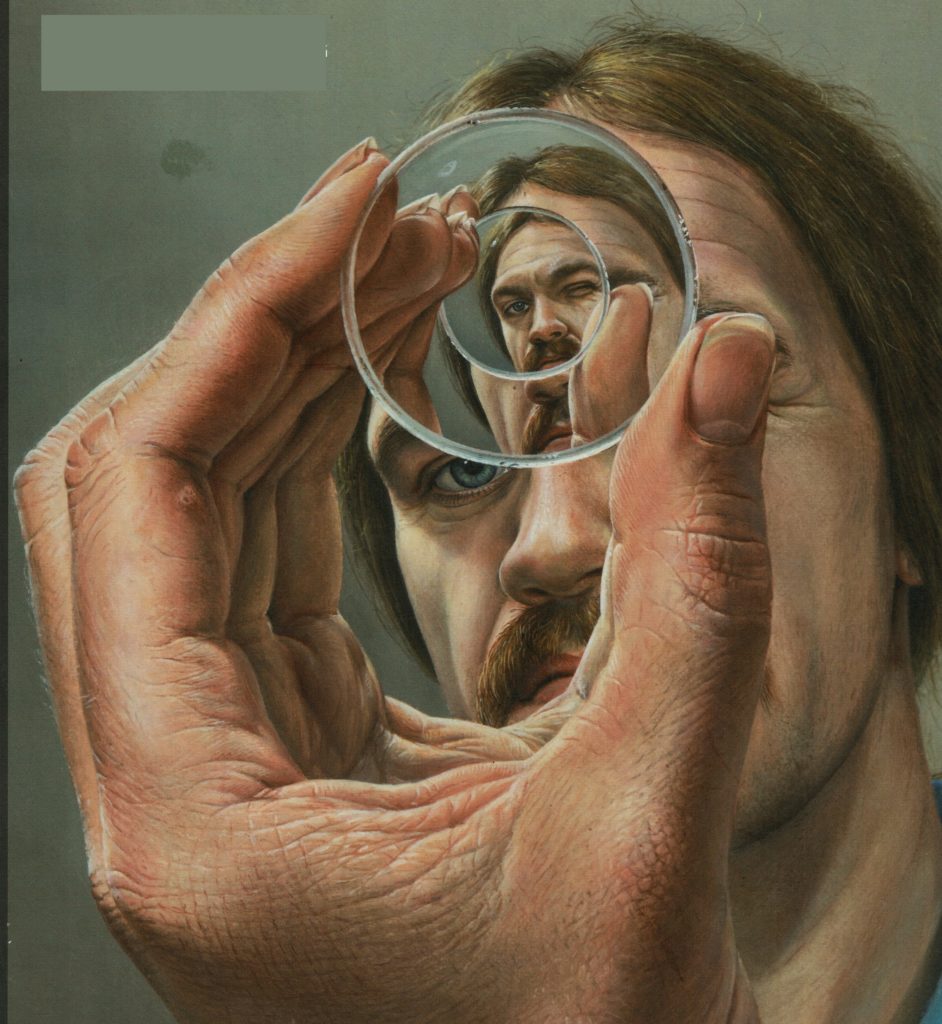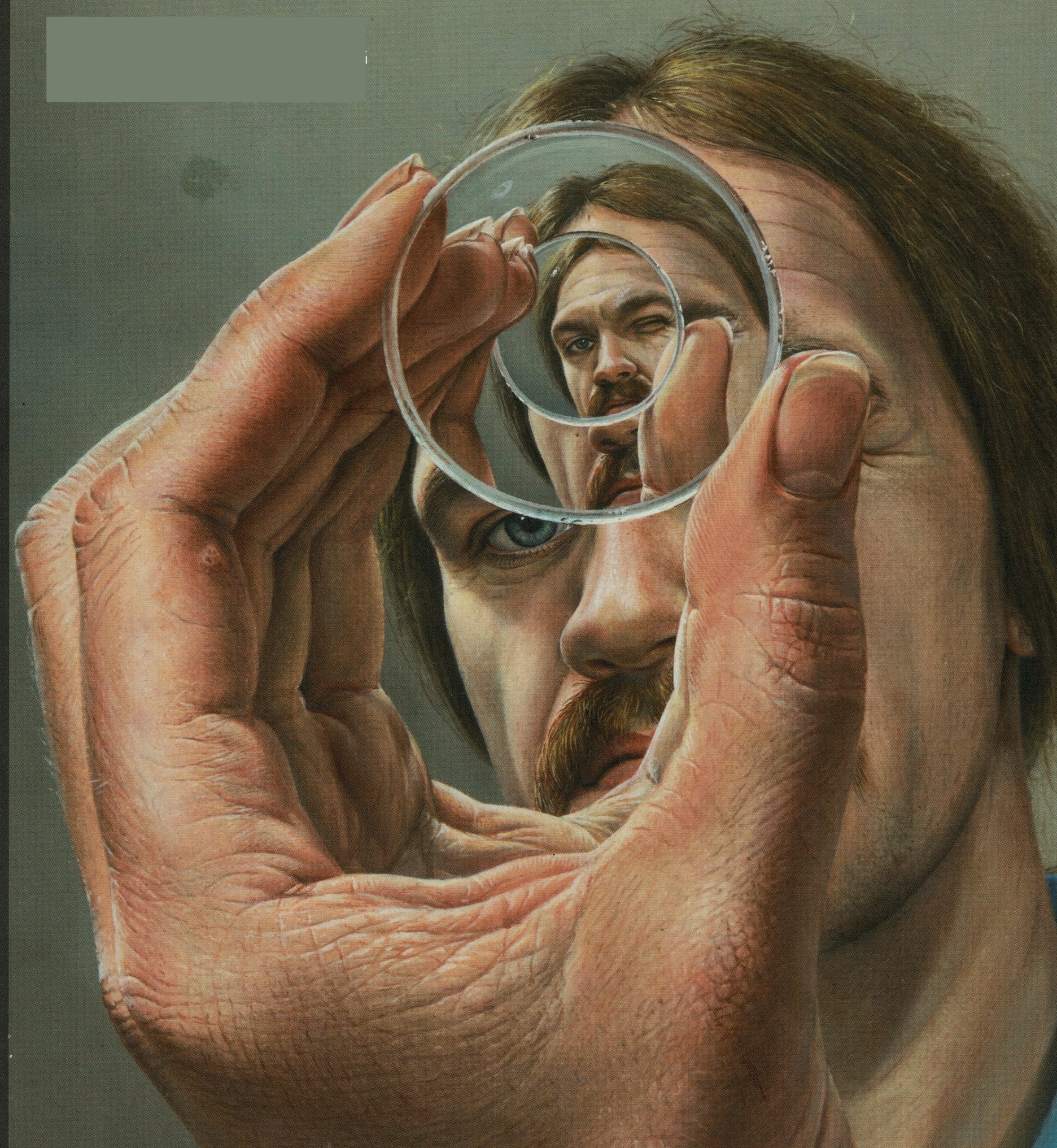Climate Lens Traffic Light Assessment

In November 2021 we used the Traffic Light Voting System successfully in Macedon Ranges local government elections to elect councillors willing to act on climate change. At the recent Federal and Victorian elections we used the same system to help Australians make their vote really count for climate. Our non-partisan guide for the upcoming NSW election will help your vote have the same positive influence on climate action in the 93 Lower House seats and the 21 Upper House seats.
Your vote for climate will encourage all politicians, regardless of party affiliation to take urgent action on the climate and ecological emergency.
Our Traffic Light Voting Guides aim to help voters improve the way democracy works in NSW. As part of our pursuit of action on climate, Vote Climate One strongly supports progressive minor parties and independents. The recent rise of community independents and the corresponding demise of support for the two major parties is a hopeful sign. The influence and wisdom of these independent representatives has the capacity to transform our democracy. Perhaps our political parties can be inspired to rid themselves of the insidious influence of lobbyist donors. Consequently the focus of their undivided attention can turn to the implementation of solutions to the climate emergency to aid human survival (the one issue that really matters!) and the broad common good.
Our assessment in a nut shell.
We have categorised the political candidates/parties into three easy to understand groups
GREEN
Candidates with the best ecological and climate policies are designated with green lights. We advise you to preference them first on your ballot paper.
ORANGE
Where candidates’ policies, preferences, or party positions on climate are questionable; we have marked them with orange lights. Number them after green light candidates.
RED
Our assessment process identified these candidates, or their party affiliation, as a very dangerous choice if we want effective action on global warming. We have given these candidates red lights and advise you to number them last on your ballot paper.
- The NSW Traffic Light Voting Guides will not be available until after the ballot draw on Thursday March 9th Prepolling starts on Monday March 19th
- Check out your electorate page to appraise the Green Light Candidates
- Check out the parties page to find out how and why they have been assessed
Make an informed choice
Assessment…the longer story.
Our assessment process is exhaustive and audacious. We have nuanced the three types of evaluation (green, orange, and red) to take full account of our many-sided assessment process. It weighs in on broader criteria than just a set of questions on climate policy. Parliamentary performance and preference deals are two such criteria which often indicate intentions better than the many rosy promises which are dished up during an election campaign. We think this practical focus makes our voting advice deliver the best outcome for action on climate. Sometimes this may appear to be paradoxical; especially when we allocate a major party different coloured Traffic Lights in different seats or voting situations.
Our aim is to avoid the trap of the perfect being an enemy of the good. Political candidates and parties do not have ideal policies and solutions to the crisis we all face. Sometimes it is a question of choosing the best of a rather ordinary bunch. Our rankings of different parties may vary in different contexts. In our evaluation for instance, the cynical use of preference deals for voting above the line in the Legislative Council (Upper House) could override the positives of a half decent climate policy.
The Lower House (the Victorian 88 seat House of Assembly)
The Upper House ( 5 members from each of 8 Legislative Council regions).
1. The Lower House (Legislative Assembly)
In the Australian political system, one of two major parties tends to form the government. This means that one has to be ranked ahead of the other. In a two party preferred system of election, voters, in turn, need to preference one before the other. Recently, in relation to climate, it has been a matter of settling for the least worse choice. In Victoria the Labor Party has been committed to supporting new gas and coal projects, for instance. We have the dirtiest grid in the country and a less certain plan for phasing out coal than New South Wales. But the Liberals are even worse. We are not aiming for perfection. Our guides attempt to give advice which will deliver the best outcome for climate action from what is currently on offer.
Candidates who are standing for a political party are assessed by their party’s policy and, if they have elected representatives in the last parliament, by their performance in parliament. Candidates’ personal views on climate action may be more progressive than their party’s but because party members are disciplined to vote as a block; members of a party will normally all be ranked with the same colour.
The commitment to climate action by single issue parties like Animal Justice Party, have been, in the past, difficult to assess. In a crucial parliamentary vote they may be vulnerable to deal making which would promise support for their single issue but at the cost of action on climate. We will continue to review their Traffic Light assessment and provide our findings in the political parties information. We will not finalise our assessments until the day before prepolling starts on Monday November 14th. We welcome any information right up to that date (Sunday November 13th) which will make our assessments more accurate.
In the Lower House we have created four electorate categories to assess party candidates.
- Labor held seats. In these seats Labor is Orange and Liberal is Red
- Liberal held seats. In these seats the same assessment applies i.e. Liberal is Red and Labor is orange
- Seats held by a progressive minor party or independent. Our strategy to maximise climate action in these seats is to not favour either major party; both major parties get an Orange light. Vote for the Green Light candidates before you number the orange light party candidates. The Orange Light is to encourage the traditional Liberal or Labor voters to, at the very least, preference Green Light candidates immediately after their first preference.
- Labor and Liberal held seats being challenged by progressive minor parties or progressive independents like “Voices” candidates. Our strategy to maximise climate action in these seats is to not favour either major party so both are ranked as Orange. Once again, the Orange Light is to encourage the traditional Liberal or Labor voters to, at the very least, preference Green Light candidates immediately after their first preference.
2. The Upper House (the Legislative Council)
For the Upper House Vote Climate One has also used Green and Orange traffic lights for the good guys on climate and Red for the bad guys. Your vote in the Legislative Assembly is of paramount importance because of the influence of that chamber as a “house of review” on legislation in the Lower House and because it can also introduce legislation. If you vote above the line you must number only one party with the number 1. Alternatively if you vote below the line you must number at least 5 candidates. We recommend that you number all the green light candidates and then the orange light ones. It is unnecessary to number red light candidates unless you want to be sure to exclude the worst of them http://voteclimateone.org.au/#asterickfrom any possibility of winning the 5th seat if the distribution is exhausted.
If you happen to live in a safe lower house seat and feel disappointed that your vote in your local division will not change the larger outcome, your Upper House regional vote is still very important. Whatever the outcome in your lower house division, your upper house vote really does count.
Because of the way Victoria’s Group Voting Tickets work in the upper house, how parties will distribute THEIR preferences (rather than yours) is not evident on the ballot. If you are not very careful about the party you vote for ABOVE THE LINE, your vote may go to someone you definitely do not want to elect.
We can help you avoid this trap…..If you vote ‘above the line’ make absolutely sure you place your number one beside the party we recommend.
For Above the line voting,Vote Climate One will recommend which box to mark with the numeral 1. For each of the eight regions, we will select the party which has distributed its preferences to best favour climate action.
Victoria is the only remaining jurisdiction in Australia, at a state or federal level, to retain group voting tickets for the election of an upper house. This system results in voters above-the-line preferences being transferred by inter-party agreements. The main flaw in this is that the voter’s influence on preferences is surrendered to each party machine; the results are often undemocratic and a bad outcome for climate action. Victorians need to be very careful with their ‘above the line’ vote in the Upper House.
Single issue parties are particually vulnerable to doing preference deals to maximise their chances of Upper House election. Vote Climate One looks carefully at these arrangements given they may give disproportional support to a range of orange and red light parties and leave greenlight candidates high and dry.
If you choose to vote below the line on the Upper House ballot paper (strongly recommended) use the Traffic Light colours to safely fill in all the squares and preference candidates who will prioritise real climate action. Green first, then Orange. Number Red Light parties and their candidates last or do not number them at all.
Some regions come down to the wire so every preference you mark can be important. We can help you with ranking Red Light Parties if you want to fill in all the boxes. The list below is roughly prioritsed with the worst on the bottom. Those marked with an asterix are particually bad for climate action.
- Legalise Cannabis Victoria
- New Democrats
- Liberal Party of Australia
- Derryn Hinch’s Justice Party
- *Liberal Democratic Party
- *Transport Matters Party
- *Freedom Party of Victoria
- *Family First
- *Democratic Labour Party
- *National Party of Australia
- *Companions and Pets Party
- *Angry Victorians
- *Restore Democracy Sack Dan Andrews Party
- *Shooters, Fishers and Farmers Party
- *Health Australia Party
- *Pauline Hanson’s One Nation
- *United Australia Party
This advice will not be available on our election guides until after November 11th, when the VEC releases the ballot draw and the preferences submitted by the parties. We aim to have the information on our website by Monday November 14th when pre-polling starts. You can print a guide at home or take our voting information directly from your mobile phone in the booth.
How are the candidates standing in the House of Assembly (Lower House) and the Legislative Council (Upper House) assessed?

Questions to focus our Climate Lens
Our panel will assess each independent candidate/party against their response to six foundational questions:
- Do you endorse a declaration of an Ecological and Climate Emergency for the State of NSW?
- Do you support the principle of aiming for zero emissions by 2030?
- Do you oppose the exploration or commissioning of new gas or coal?
- The protection of forests is central to action on climate change. Does you party oppose the logging and wood chipping of native forests?
- Climate change and solutions to the crisis are impacting some sections of society more than others. Do you support rapid transition action that prioritises social justice within the most cost effective framework our society can muster? Undeniably, our urgent task is to reduce the drivers and impacts of the emergency.
- Peaceful protest has always been enshrined in our democratic culture. Would you support the recinding of recent legislation which undermines that right.
There are 88 lower house seats to assess. Our panel will rely heavily on local climate groups and VOTE CLIMATE ONE volunteers to make a traffic light call on independent candidates.
Climate Score Cards
Many other groups like the Victorian Climate Action Network are comprehensively examining climate policies and producing score cards. We will use this information to inform our traffic light allocation beyond the five questions above.
Parliamentary performance
Parties and sitting members will be assessed on their historic contribution to action on global warming in our state parliament. Their record in government is particularly relevant when assessing the Labor party.
Preference deals
Allocation of a candidate or party’s preference will also inform our decision. This criteria is particularly relevant to late nominations, paper candidates and single issue parties. There is very short timeline after nominations close and the start of prepolling. Candidates who nominate late can be difficult for us to assess thoroughly. If rushed assessments are problematic they may end up with a red light.
Go to our Political Parties page for detailled information on each party assessment.
The Climate Lens Concept
The two way focus of our Climate Lens Assessment on the existential threat of the anthropocene, probes both inwards, and outwards.
Peering inwards through the Climate Lens highlights our personal responsibility (The voter) while looking outward shines a spotlight on the adequacy of our collective moral responsibility (parties, candidates and legislative performance in government). The undeniable task of the climate lens is to prioritise the protection of everything we hold dear. The hubris of our species needs a dose of the reduction perspective tranquilizer encapsulated in this painting by Peter Trusler.

Got Questions?
Contact the Vote Climate One Team
(If you would prefer to speak with a human please call: 0458 221 799)